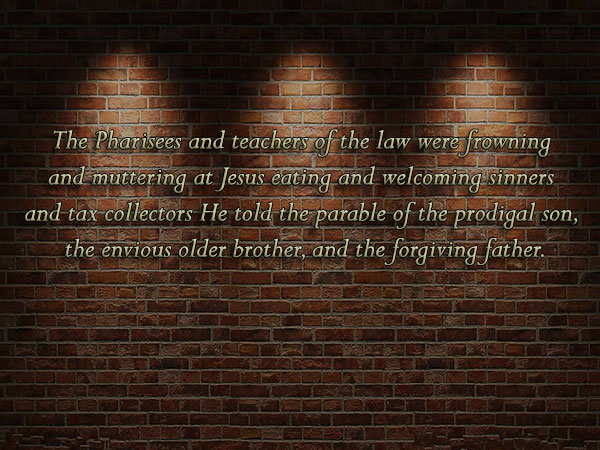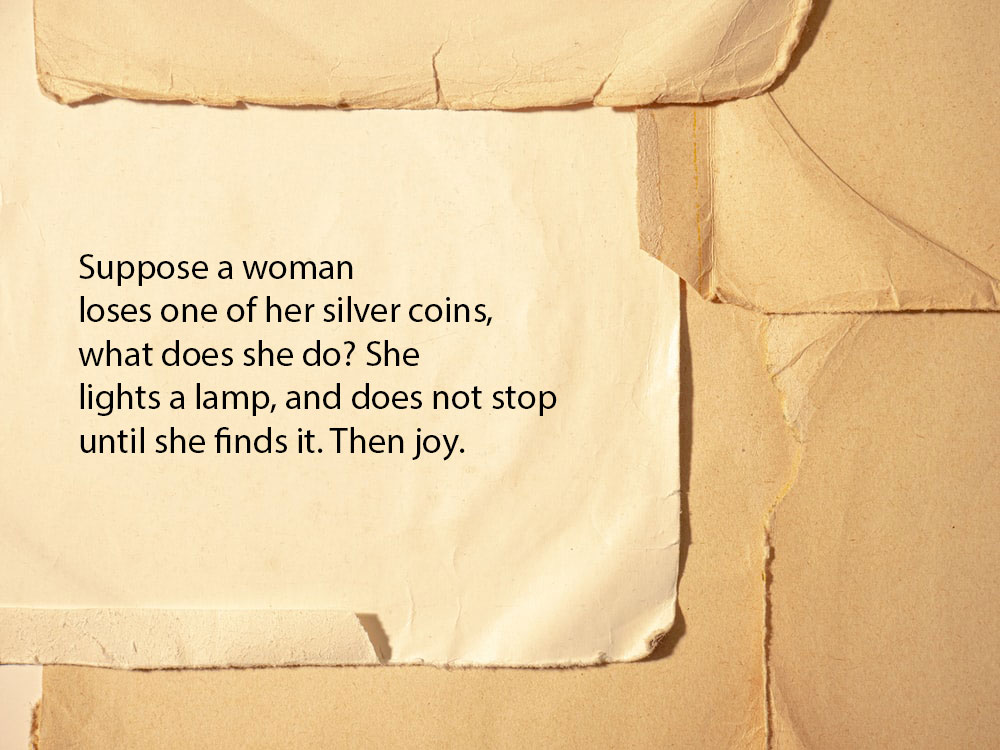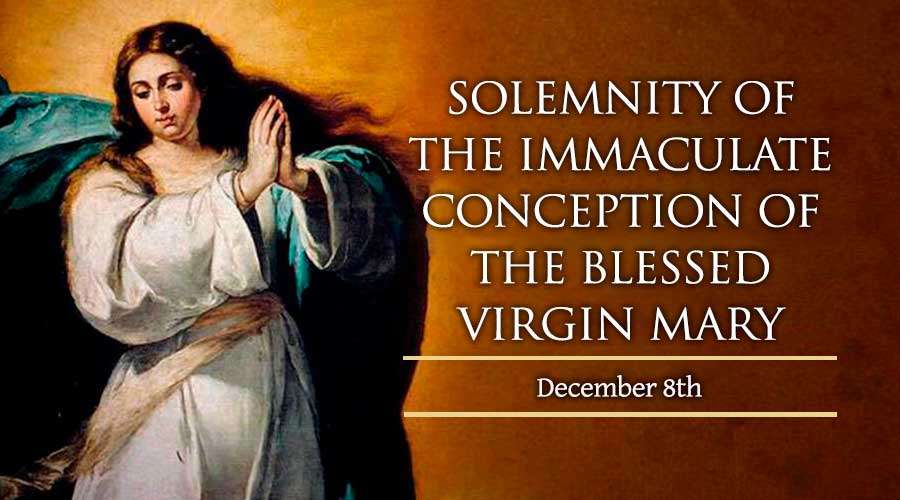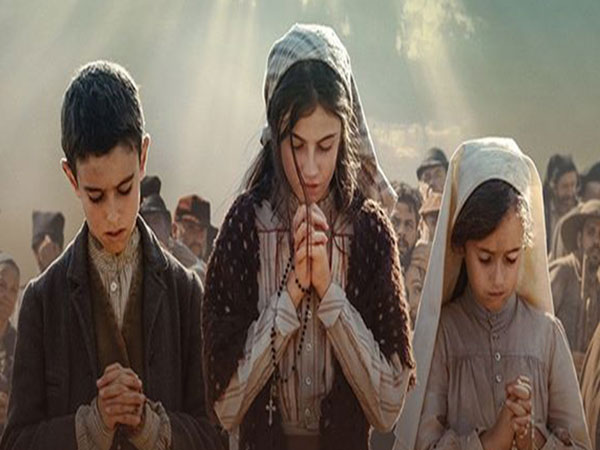Meanne M. Mijares
Jesus looked at them and said,
“With man this is impossible, but with God all things are possible.”
Matthew 19:26 New International Version (NIV)
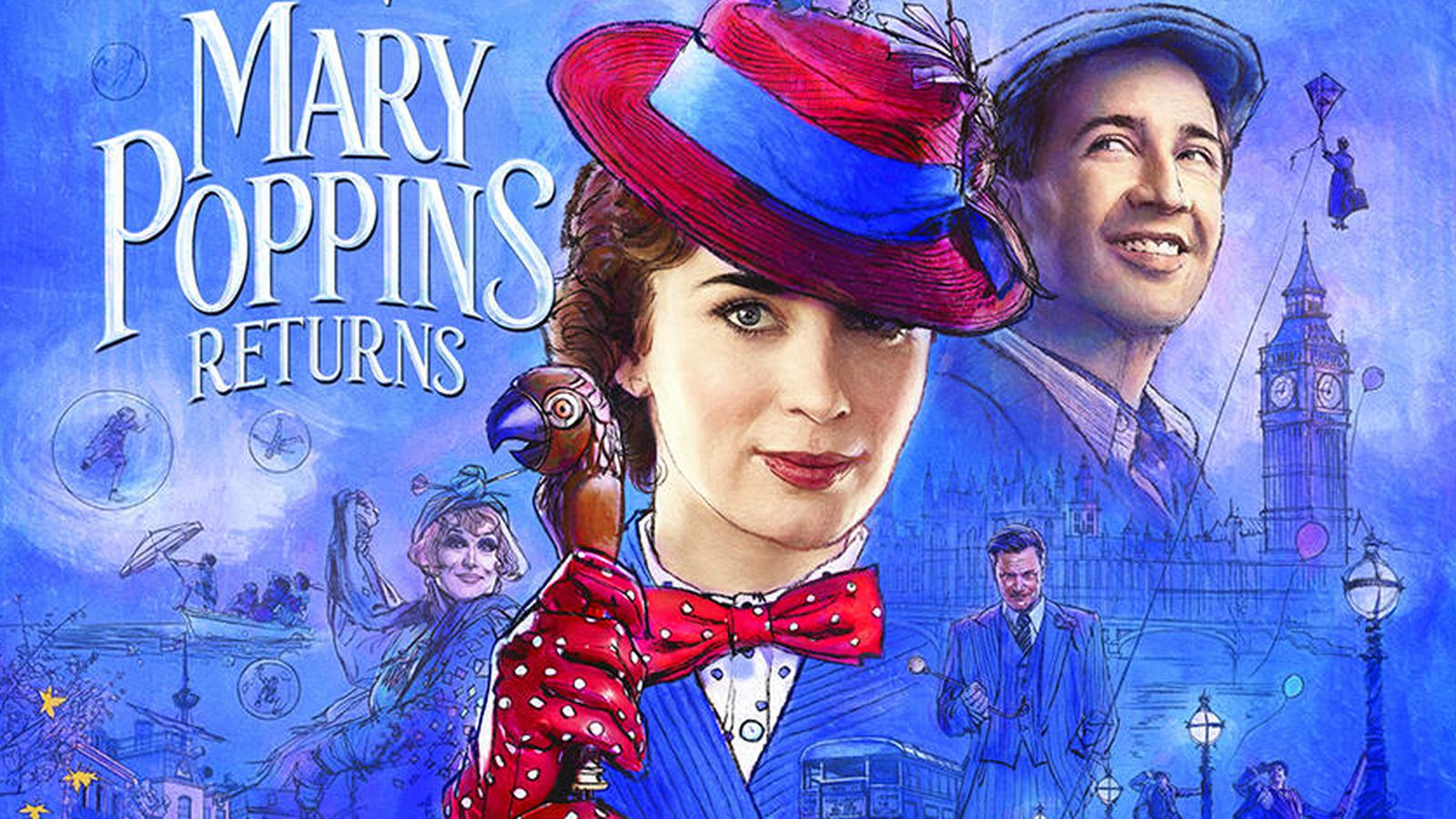
Cast
Emily Blunt as Mary Poppins
Lin-Manuel Miranda as Jack
Ben Whishaw as Michael Banks
Emily Mortimer as Jane Banks
Pixie Davis as Annabel Banks
Nathanael Saleh as John Banks
Joel Dawson as Georgie Banks
Julie Walters as Ellen
Dick Van Dyke as Mr. Dawes, Jr.
Angela Lansbury as The Balloon Lady
Colin Firth as William “Weatherall” Wilkins
Meryl Streep as Topsy
Directed by Rob Marshall
Produced by Rob Marshall, John DeLuca and Marc Platt
Screenplay by David Magee
Story by David Magee, Rob Marshall, John DeLuca
Based on Mary Poppins by P. L. Travers
Distributed by Walt Disney Studios Motion Pictures
Genre: Family and Children
Run time: 130 minutes
Rating: PG
First of all, I would like parents need to know that Mary Poppins Returns, starring Emily Blunt as everyone’s beloved magical nanny and Lin-Manuel Miranda as Jack, her Cockney lamplighter pal, is a sequel to Mary Poppins, the Oscar-winning 1964 classic movie. As she did before, the flying, singing, lesson-imparting Mary arrives to help the Banks children — this time around, the three kids of a now grown-up Michael, whose wife died a year before the movie begins (he and the children speak and sing about missing her) and whose family home is in threat of reclamation. The follow-up advances from the first by including a clear scoundrel and a limited scenes of danger /suspense (including a mostly animated but still anxious pursuit through a dark wood), though nothing ever gets too creepy. But it follows in the previous ‘s footsteps with its beguiling songs and durable messages about imagination, gratitude, empathy, kindness, looking past the surface, and — of course — being close to your family and believing in yourself.
THE STORY
Disney’s MARY POPPINS RETURNS is a musical set in the 1930s, more than two decades after the events of the previous Mary Poppins. Banks siblings Michael (Ben Whishaw) and Jane (Emily Mortimer) are now adults, and Michael, a recent widower, lives in his childhood abode with his three children — John (Nathanel Saleh), Anabel (Pixie Davies), and Georgie (Joel Dawson) — and their overburdened housekeeper, Ellen (Julie Walters). But he’s having trouble making ends meet in Great Depression-era England. The new generation of Banks kids are in for a treat when Mary Poppins (Emily Blunt) returns to Cherry Tree Lane to care for them and teach the entire family valuable lessons … with a little help from Cockney lamplighter Jack (Lin-Manuel Miranda). When the bank, under the new management of William Weatherall Wilkins (Colin Firth), calls Michael and Jane’s loan in, everyone does their best to ensure that the Banks family doesn’t lose their beloved home.
Educational Value
Viewers will learn about the brunt and blow of the Great Depression in the U.K. and how tough and grim economic times can affect people, as well as a few things about why Aunt Jane supports the labor movement.
Positive Messages
Mary Poppins uses daily obstacles and circumstances to teach the Banks children lessons about not judging a book by its cover — whether it’s an actual book or a person. Like the original, it encourages empathy, gratitude, the value of imaginative play, fun, hard work. Mary Poppins underscores the importance of children being children, adults embracing their childlike qualities. The songs’ messages all have character-building content — e.g., embracing your imagination, looking at things from a different perspective, knowing that even in tough times, there’s nowhere to go but up. The film encourages strong family bonds and believing in your abilities.
Positive Role Models & Images
Mary Poppins is a woman of mystery and magic. She’s loving, caring and kind but also firm, with a dry sense of humor. She reaches each child where that child is. She’s the very portrait of an independent woman. She shows compassion, communication skills and integrity. Jack is positive, helpful, and yes, resourceful. The Banks children are impulsive but want to help their embattled father. Michael is overwhelmed by circumstances of his life but loves his kids, tries hard. Main bad guy is greedy, selfish but does seem to partially see the error of his ways. What I like about thus film is that it has a diverse supporting cast.
Violent Content
The children’s mother passes on; it happened a year before the movie begins, but they (and Michael) talk and sing about missing her. Potentially frightening scene in which young Georgie is taken captive by some ill-meaning animated animal creatures; there’s a tense carriage chase through a dark, creepy wood as his siblings try to rescue him. The kids go flying off “the edge of the bowl” and have to be saved. The suspense scene is when Jack climbs up the Big Ben tower and briefly sways high above the ground. A greedy man is mean to children and threatens them. There are some yelling and exchange of harsh words between Michael and his kids. The Banks’ neighbor regularly fires a canon.
Sexy Stuff
I have watched a couple of wink-wink double-meaning jokes/lyrics in a Vaudeville-like song-and-dance number (“she only wore a smile — plus two feathers and a leaf”) and a little hip-thrust dance move by Mary. There are some clear flirting exchanges between Jack and Jane.
Language
There were a few insults like “pea brain,” “fool,” and “buffoon,” plus British slang such as “bloody” and “blasted.”
Drinking, Drugs & Smoking
A song jokes about an uncle being “on the sauce.”
CONCLUSION
Blunt unquestionably owned Mary Poppins while also keeping nostalgic viewers happy with tributes to the original film in this whimsical, playful sequel. Director Rob Marshall loves making big-budget Hollywood musicals, and in Mary Poppins Returns, he ambitiously creates a delightful world that families with kids of all ages will be eager to dive into and enjoy. Everything from the amazing production design to the colorful costumes to the catchy, upbeat songs has still that Disney magic. The performances are all good, with Blunt paving the way. Miranda’s Cockney accent is a little subtler than Dick van Dyke’s was (British folks notoriously panned the lovable actor for his over-the-top attempt), and, refreshingly, there is hardly a hint of romance between his Jack and Mary. Instead, they’re old friends who show the three Banks siblings how to be imaginative and helpful. Whishaw and Mortimer are well cast as the grown-up Michael and Jane, and Meryl Streep memorably joins the proceedings as Poppins’ unconventional cousin Topsy.
If there’s a comparatively frail spot in the film, it’s the plot, which is justly thin and foreseeable (many moviegoers will discover exactly where those missing bank documents are placed), but you don’t watch a Disney musical expecting Tinker Tailor Soldier Spy-style twists. The musical numbers are superb, and it’s a delight to see Blunt and Miranda sing and dance together. Hamilton fans are rewarded with the big, Miranda-led lamplighters’ song “Trip a Little Light Fantastic” (a clear successor to the original’s “Step in Time”), and his and Blunt’s stirring vaudeville duet “A Cover Is Not the Book” is also quite memorable. The lullaby “The Place Where Lost Things Go” is splendid, and “Nowhere to Go But Up” will make spectators reminisce the joy of “Let’s Go Fly a Kite.”
Summing up this throw-back film, Emily Blunt achieves a fruitful embodiment of the iconic nanny, Mary Poppins. The film, heavy laden with nostalgia and positive emotion, is overall well done. However, several elements stick out as sore thumbs among the art. In addition, the producers of Mary Poppins Returns create new songs which brilliantly imitate the spirit of each musical number in the original musical. The cantata which attempts to personify “Supercalifragilisticexpialidocious” is titled “The Cover is Not the Book” and presents a saloon-clad Mary replacing proper English for cockney. I’m sorry to say that the array of adult jokes through the number is a major turn-off. Honestly, this number is distracting, out-of-character and risque. Other elements in this film jut as falling short of the “practically perfect” film we, as a culture, have come to expect. But at the end of the day, Mary Poppins Returns will make us cry, bring a smile to our faces, kindle a sensation flying, and help us to recall what it is like to be a child again.
Will this sequel replace the original in moviegoers’ hearts? I doubt it. Because I must say, there is only one.
I rate the film 4 out of 5 stars.




